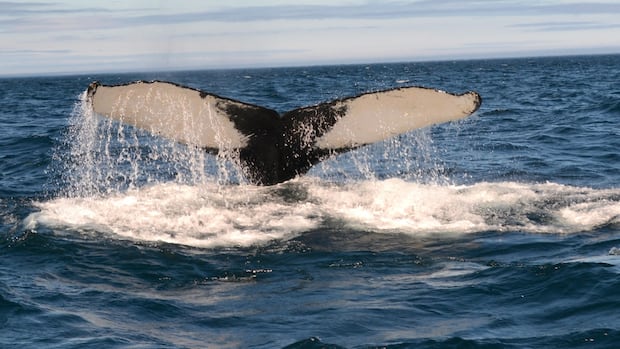
A new citizen science initiative called ‘Hello Humpback’ is giving whale watchers and nature enthusiasts a chance to directly support marine mammal research. Hosted on an interactive website, the project allows the public to upload photos of humpback whales taken during whale watching excursions off the coast of Newfoundland. These submissions are helping scientists identify and track individual whales, shedding light on their migration patterns, health, and behaviors.
The website, designed to be user-friendly, accepts images from anyone who has photographed a humpback whale near Newfoundland. Every humpback whale has unique markings on the underside of its tail fluke, much like a human fingerprint. Researchers can use these markings to identify individuals and compare them with existing databases to determine if the whales have been seen before or are new to the area.
Contributions from the public are especially valuable as they expand the geographic and temporal range of data collection well beyond what limited research teams can accomplish alone. By crowdsourcing images, scientists can better understand the role of Newfoundland’s coastal waters in the lives of these majestic marine mammals.
The ‘Hello Humpback’ initiative also aims to foster public engagement with marine conservation. Participants will not only assist with research but may also learn more about the specific whales they encounter — including the whale’s name if previously identified and a summary of its sighting history.
Researchers hope this program will both increase awareness of humpback whale conservation and provide vital data for ongoing studies in the region. As climate change and human activity continue to impact marine ecosystems, widespread community involvement in data collection becomes an invaluable asset.
For whale watchers and photographers in Newfoundland and Labrador, the next photo they snap could contribute meaningfully to protecting one of the ocean’s most iconic species.
Source: https:// – Courtesy of the original publisher.








